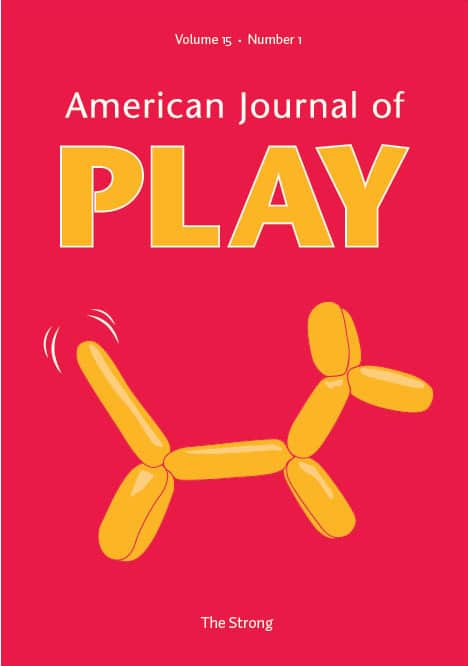Dolls, Play, and the History of American Girlhoods: An Interview with Miriam Forman-Brunell
Miriam Forman-Brunell, Emerita Professor of History, Women’s, Gender, and Sexuality Studies at the University of Missouri-Kansas City, has long been at the forefront of girlhood studies, dolls’ studies, and the field of play. She is the author of Made to Play House: The Commercialization of Girlhood (1994, 1998) and Babysitting: An American History (2009). She edited Girlhood in America: An Encyclopedia (2001), The Girls’ History & Culture Reader: The Nineteenth Century (2011), The Girls’ History & Culture Reader: The Twentieth Century (2011), Princess Cultures: Mediating Girls’ Imaginations and Identities (2015), Dolls Studies: The Many Meanings of Girls’ Toys and Play (2015), Deconstructing Dolls: Girlhoods and the Meanings of Play (2021), and The Story of Rose O’Neill: An Autobiography (1997, 2022). She has served as guest editor for an issue of the Journal of the History of Childhood and Youth (Fall 2019) focused on the history of girlhoods and the girling of work, play, and performance and for an issue of Girlhood Studies: An Interdisciplinary Journal (2012) on new research in dolls studies. Forman-Brunell codirected Children & Youth in History, an online world resource for students and teachers, funded by the National Endowment for the Humanities. She is currently working on Girls in America: A Narrative History of Girlhoods as well as a history of her mother’s girlhood in Nazi Germany and wartime America. Key words: babysitting; doll collectors; doll makers; doll play; dolls’ studies; girls; girlhoods; girls’ studies; princess culture; Rose O’Neill




